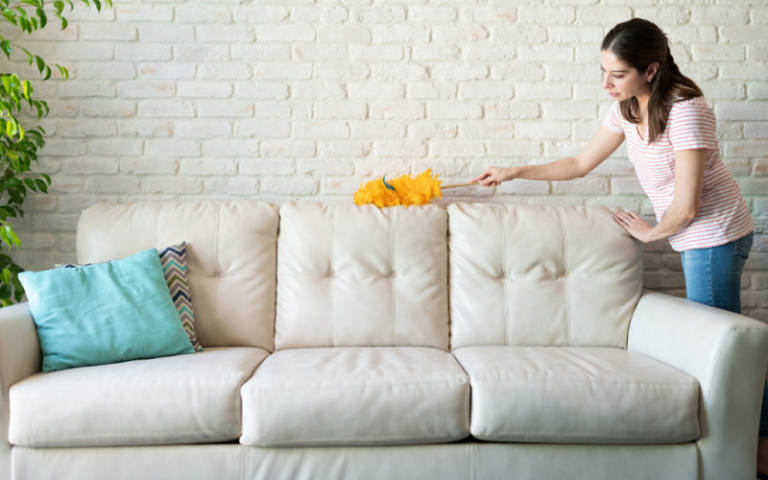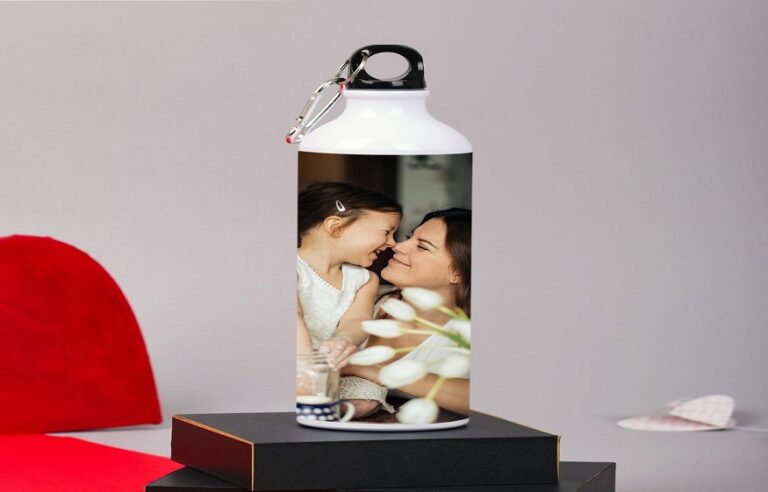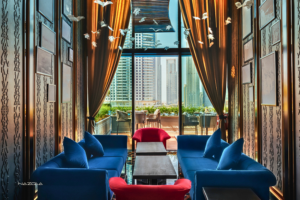It is impossible to exaggerate the importance of interior design in forming the working atmosphere in the modern workplace. Beyond appearance, a well-designed workplace may have a big influence on output, staff morale, and even first impressions of clients. They explore in this talk the many ways that interior design can transform your office and create an environment that promotes success, creativity, and teamwork.
Improvement of Productivity by Spatial Optimization
Optimizing space use is one of the main goals of a good interior design services company. Efficiency of the workflow, accessibility, and ergonomic principles are among the aspects of a well-designed layout. Interior designers may reduce interruptions and bottlenecks by carefully placing workstations, common areas, and conference rooms, thereby increasing total efficiency.
Promoting Teamwork and Communication
Many contemporary workplaces are built on collaboration, and interior design is essential to enabling meaningful interaction among staff members. Open floor plans, well-positioned breakout sections, and common areas may promote team spirit and unplanned idea sharing. Moreover, establishing technologically advanced collaboration zones can enable staff members to work together and connect easily from many places, which promotes creativity and problem-solving.
Encouraging the Health and Contentment of Workers
Retention, involvement, and well-known contentment may additionally all be substantially elevated in a work environment that puts employee well-being first. Well-selected indoor design additives, such as ergonomic furnishings, biophilic functions, and herbal lights, could make the workplace healthier and more fulfilling. Incorporating regions for bodily exercise, meditation, or rest also can deliver the body of workers participants chances to decompress and re energize, on the way to boosting morale and productivity in the long run.
Brand Identity
A workplace should be designed to capture the special character and principles of the company it houses. Interior designers can produce areas that complement the corporate culture and brand identity of the business by carefully choosing colors, materials, and furnishings. Whether the interior design creates a more traditional corporate setting with understated elegance or a lively startup environment with bright colors and playful accents, it sets the tone for how staff members and guests view the company.
Optimizing Environmental Comfort and Acoustics
The modern workplace relies upon acoustics, which impacts comfort degrees typically, communication, and cognizance. To reduce noise pollutants and convey acoustically balanced areas, interior designers use a whole lot of techniques along with sound-soaking materials, well-positioned partitions, and creative fixtures answers. Furthermore, enhancing temperature, air fine, and light ranges in the workplace makes it more exceptional and conducive, which inspires employee happiness and health.
Making Exceptional Client Experiences
Outside of meeting the demands of internal stakeholders, a workplace’s design affects how clients, partners, and potential employees see it. Professionalism, creativity, and attention to detail may all be communicated in a well-planned workplace environment. From the minute visitors enter through the door, components like greeting areas, conference rooms, and presentation spaces should represent the organization’s values and brand identity, inspiring confidence and trust in the eyes of clients and stakeholders.
Fostering the Arts and Innovation
For many contemporary companies, innovation is essential to their competitiveness, growth, and market relevance.Interior design may play a vital influence in creating a creative and inventive mentality among employees. By including aspects such as brainstorming zones, creative hubs, and collaborative workshops, designers build surroundings that excite creativity, promote experimentation, and ignite breakthrough ideas. Moreover, design characteristics that celebrate diversity, cultivate inclusion and encourage risk-taking contribute to a culture of innovation where employees feel encouraged to think outside the box and explore ambitious new ventures.
Balancing Privacy and Collaboration
While cooperation is crucial, privacy remains a valued asset in the workplace, particularly for jobs that demand concentration, secrecy, or concentrated thought. Effective interior design maintains a careful balance between open, collaborative spaces and private, enclosed places, offering employees opportunities to choose the amount of connection that best meets their requirements. Design solutions such as soundproof pods, private conference rooms, and enclosed workstations allow users the chance to withdraw from interruptions and participate in concentrated work when necessary. By honoring the demand for privacy while enabling cooperation, designers build spaces that promote both individual productivity and team interactions.
Digital Era Wellness Emphasis
Giving employees properly-being a priority in this day of continual connectedness and digital overload is vital. A critical part of encouraging physical, intellectual, and emotional properly-being at paintings can be performed by interior layout. Including capabilities like health rooms, movable workstations, and ergonomic furnishings that sell excellent posture, reduce physical pressure, and promote well-known well-being. Additionally, mindfully selling layout factors like green regions, meditation rooms, or relaxation pods offers personnel contributors the possibility to refuel and revitalize inside the middle of the workday. Wellness in layout is a manner in which corporations show that they care approximately for the complete fitness and happiness in their group of workers, which raises engagement, lowers absenteeism, and boosts performance normally.
Leveraging the Potential of Brand Narratives
Every company has a different story to tell, and an office interior company gives staff, clients, and guests a potent means of expressing that tale. Designers produce places that evoke strong emotions and a deeper resonance by incorporating aspects of the company’s past, values, and goals into the work environment. Using visual elements, historical relics, or interactive exhibits, the physical space becomes a concrete manifestation of the identity and mission of the business, therefore fostering among stakeholders a sense of pride, loyalty, and belonging. Employing the potential of brand storytelling in design, businesses produce immersive experiences that make an impact and fortify the relationships between people and the brand.
Cultural Diversity and Change
Interior design has to change as workplaces become more inclusive and varied to suit a wide range of ethnic origins, viewpoints, and tastes. All workers feel appreciated, respected, and encouraged to present their true selves to work in settings where design solutions that celebrate variety, respect heritage, and encourage inclusiveness. Incorporating artwork and design elements with ethnic inspirations, and providing prayer rooms, nursing rooms, or gender-neutral restrooms designers are essential in designing environments that represent and meet the many demands of the employees. Through an embrace of cultural changes and diversity in design, companies promote equity and a sense of belonging, which stimulates participation, creativity, and organizational performance.
Conclusion
In conclusion, the significance of interior design in influencing the modern workplace extends far beyond aesthetics, embracing utility, well-being, corporate identification, and sustainability. By employing creative design ideas, firms may turn their office spaces into dynamic settings that stimulate productivity, collaboration, and creativity.Whether via spatial optimization, employee-centric amenities, or sustainable practices, interior design can transform the way they work and connect, producing places that inspire creativity, engagement, and success.


















+ There are no comments
Add yours